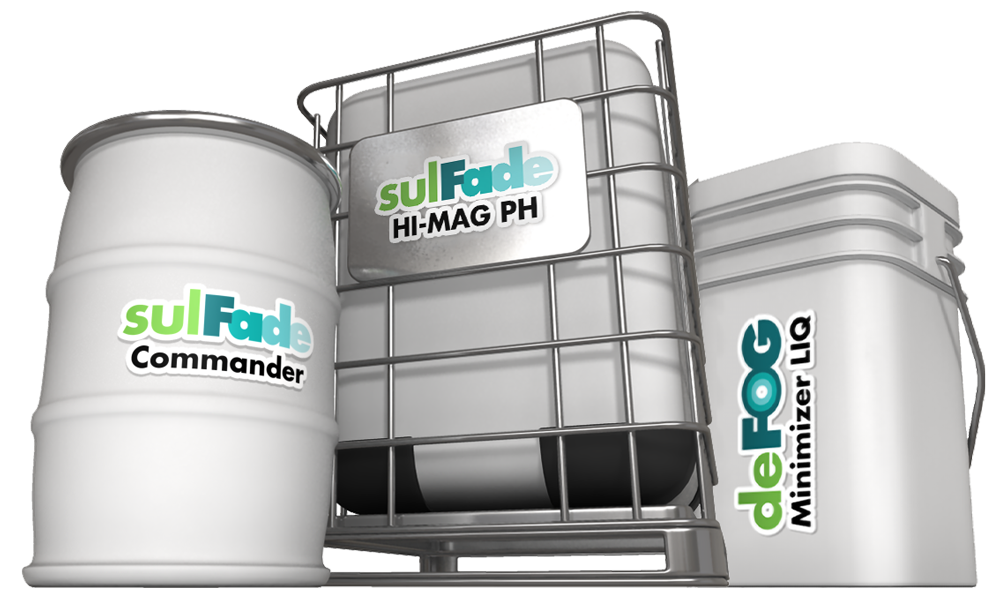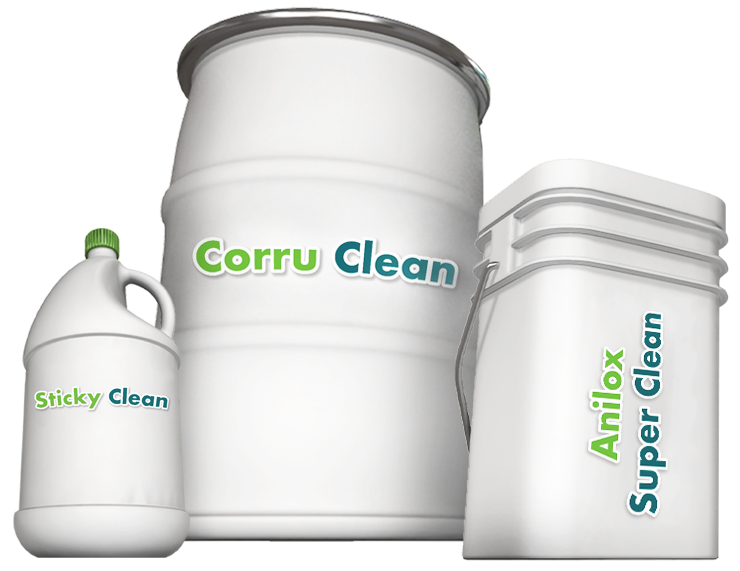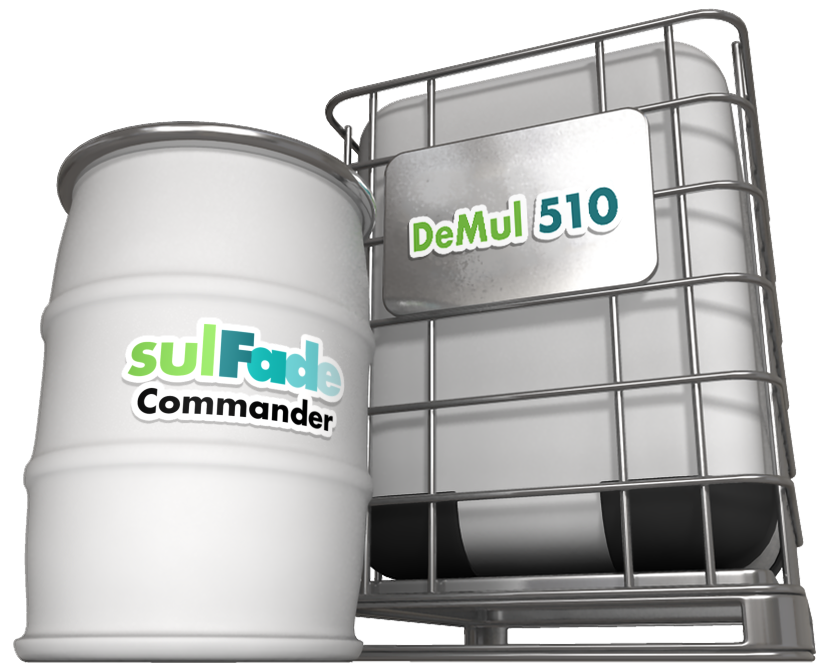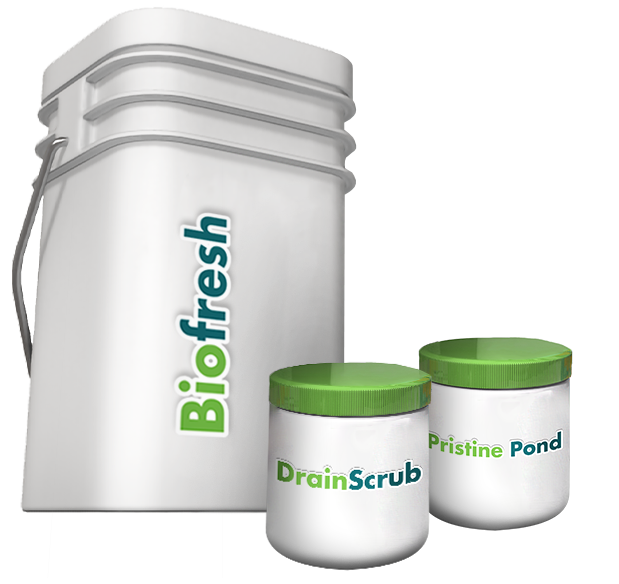Filter by Industry
BioFresh
Enzyme drain cleaner and odor eliminator. Ideal for deodorizing garbage disposals, washing machines and dishwashers.
Available in:32oz quart, 1 gallon jug, 5 gallon bucket
Pristine Pond
Pond cleaner and clarifier. Ideal for pond owners looking for natural ways to reduce muck, solids and sludge using beneficial bacteria.
Available in:2.5lb can, 8lb bucket
DrainScrub
Granular enzyme drain cleaner. Ideal for septic systems, slow drains and people looking for an eco-friendly solution.
Available in:2lb can, 10lb bucket
TurfWash
Pet odor and stain remover for artificial astroturf, patio carpet, concrete, kennels, dog runs and more.
Available in:32oz quart, 1 gallon jug
Tank Elixir
RV and marine holding tank treatment to elimintate clogs and odors.
Available in:32oz quart
DeMul 310
Demulsifier chemistry ideal for a range of waste streams including fuel oil #6, crude slop, crank case and soluble oil.
Available in:55 gallon drum, 275 gallon tote
DeMul 510
Demulsifier chemistry ideal for industrial oil and crank case.
Available in:55 gallon drum, 275 gallon tote
DeMul 610
Demulsifier chemistry ideal for industrial oil.
Available in:55 gallon drum, 275 gallon tote
DeMul 615
Demulsifier chemistry ideal for industrial oil.
Available in:55 gallon drum, 275 gallon tote
DeMul 710
Demulsifier chemistry ideal for deashing.
Available in:55 gallon drum, 275 gallon tote
DeMul 810
Demulsifier chemistry ideal for industrial oil and crude slop.
Available in:55 gallon drum, 275 gallon tote
Sticky Clean
Catalytic starch cleaner designed to break down starch in corrugated machine lines preventing unscheduled down time.
Available in:4x1 gallon case
Anilox Super Clean
Eco-friendly ink cleaner designed to remove dried ink from analox rollers preventing unscheduled down time.
Available in:4x1 gallon case, 5 gallon bucket
Corru Clean
Highly concentrated odor eliminator for use in corrugated plant waste pits protecting personnel from harmful odors.
Available in:55 gallon drum, 330 gallon tote
JetBugs

Microbial degreaser designed to speed up hydrojetting and cleaning lift stations.
Available in:6 gallon bucket, 55 gallon drum
Commander

Molecular neutralizer designed to chemically separate hydrogen sulfide eliminating odor complaints and corrosion.
Available in:55 gallon drum, 330 gallon tote, 5,000 bulk tank
Minimizer Liq

Potent biological liquid to break down and consume grease in the collection system and at the waste water treatment plant. Ideal for municipalities looking to reduce cleaning frequency in grease hot spots.
Available in:6 gallon bucket, 55 gallon drum
Seed

Shock dose of beneficial bacteria to jump start biological count.
Available in:6 gallon bucket, 55 gallon drum
HL 5000

Potent biological liquid with added nutrients to break down the grease cap at lift stations. Ideal for lift stations experiencing high grease.
Available in:6 gallon bucket, 55 gallon drum
Grease Blocks

Freeze dried bacteria block. Ideal for remote lift station locations.
Available in:2lb block, 8lb block
Toss Bags

Freeze dried granular bacteria in half pound, water soluble, toss bags. Ideal for proactive municipalities to add beneficial bacteria while making their maintenance rounds.
Available in:30lb bucket
HP 6000

Bulk, freeze dried, granular bacteria. Ideal for municipalities wanting a granular option for the waste water treatment plant.
Available in:25lb box
HL1525

Potent biological liquid designed to reduce the sludge layer at waste water treatment plants.
Available in:6 gallon bucket, 55 gallon drum
Hi-MAG Ph

Magnesium hydroxide slurry designed to increase sewage ph preventing hydrogen sulfide odor complaints and corrosion.
Available in:258 gallon tote, bulk delivery
Scour

Shock dose molecular neutralizer to jump start hydrogen sulfide odor elimination.
Available in:55 gallon drum, 330 gallon tote
HiVent

Passive odor neutralizer unit that sits on top of vent pipe at lift station.
Available in:4 inch, 6 inch
BioFresh

Ready to use biological liquid with added fragrance to break down organic waste and eliminate odors.
Available in:32oz quart, 4x1 gallon case, 5 gallon bucket, 55 gallon drum

 Grease Control
Grease Control  Odor Control
Odor Control 

 Demulsifier Chemistry
Demulsifier Chemistry 